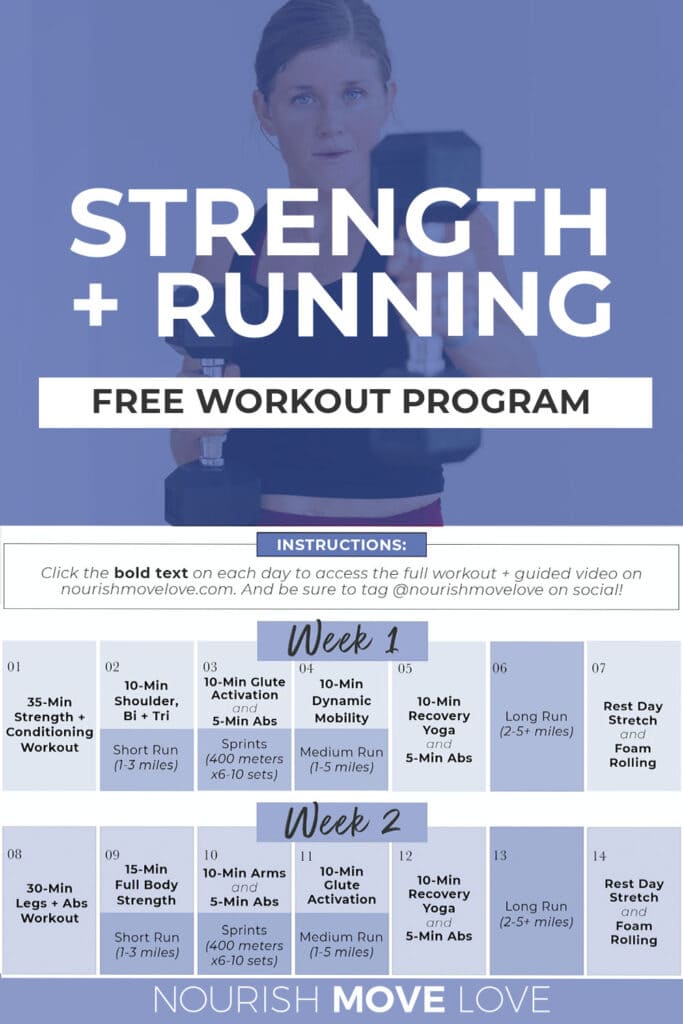Elevate Your Running Strategy with Proven Techniques
Getting Over Discomfort in Operating: Strategies and Methods That Work
Pain is a common companion for numerous runners, typically functioning as a barrier to accomplishing their preferred goals. With the right strategies and strategies, it is feasible to get rid of and also protect against the pain connected with running. By exploring different strategies such as understanding the different types of running discomfort, optimizing footwear and kind, incorporating cross-training and toughness exercises, applying efficient healing approaches, and keeping proper nourishment and hydration, runners can possibly ease their discomfort and enhance their general running experience.
Understanding Various Sorts Of Running Pain

One more sort of running discomfort is joint discomfort, which can manifest as a sharp or throbbing pain in areas such as the knees, hips, or ankles (running strategy). Joint discomfort might be brought on by factors like improper running kind, overuse, or underlying conditions like joint inflammation (look at this site). It is necessary to distinguish between muscular tissue soreness and joint pain, as the latter might need clinical attention to stop more injury
Recognizing the various kinds of running discomfort is vital for efficient management and avoidance strategies to ensure a safe and enjoyable running experience.
Proper Shoes and Running Type
To enhance performance and decrease the risk of running-related injuries, picking ideal shoes and preserving proper running form are essential parts for joggers of all levels. Correct shoes plays a vital function in providing assistance, padding, stability, and protection for the feet and reduced limbs. It is recommended to pick running shoes that are specifically made for the person's foot type, running stride, and the type of running activity they involve in. Getting suitabled for shoes at a specialized running shop can help make certain the ideal fit and support.

Cross-Training and Strength Exercises
Toughness workouts, like squats, lunges, and core workouts, play an essential function in maintaining muscular tissues and improving running efficiency. They can fix muscle inequalities, boost dexterity, and improve power outcome, all of which are essential for running efficiency.
It is vital to permit for ample remainder between running sessions and cross-training activities to prevent overuse injuries. By incorporating these components into a running routine, runners can develop a stronger structure, enhance More Info performance, and appreciate a more sustainable running experience - this website.
Recuperation and Rest Methods
Having actually established the significance of cross-training and stamina workouts in a comprehensive running routine, focus can now be directed in the direction of Healing and Rest Techniques as essential components for optimizing performance and reducing the danger of injuries. (running strategy)
Healing after running is vital for muscle mass repair service and development. Techniques such as foam rolling, stretching, and massage therapy aid in minimizing muscle mass pain and enhancing adaptability. Ample remainder in between runs allows the body to recover and adapt to the physical anxiety, stopping overuse injuries.
Incorporating active healing days right into a training timetable, where low-intensity tasks like walking or biking are carried out, can boost blood flow and promote recovery without putting excess strain on the muscular tissues. Additionally, appropriate hydration and nourishment play a vital duty in the recuperation process by renewing lost fluids and nutrients.
Quality sleep is an additional necessary facet of recuperation that must not be forgotten. During rest, the body undergoes repair and regrowth processes, adding to overall physical and mental wellness. By prioritizing recovery and remainder methods, joggers can preserve ideal efficiency levels and lower the likelihood of experiencing pain or injuries.
Nutrition and Hydration for Runners
Carbohydrates provide energy for running, while proteins aid in muscle mass repair and recuperation. Sufficient hydration is likewise vital to maintain ideal efficiency, as even mild dehydration can negatively impact running performance. Additionally, timing dishes and snacks appropriately prior to runs can assist protect against stomach discomfort and give the needed power for peak performance.
Conclusion
In final thought, by comprehending the various sorts of running pain, using correct footwear, maintaining appropriate running type, integrating cross-training and strength exercises, focusing on recuperation and rest, and focusing on nourishment and hydration, joggers can successfully overcome discomfort and improve their performance. Executing these methods and techniques can aid runners stop injuries, improve their endurance, and inevitably enjoy an extra meeting running experience.